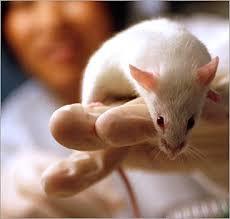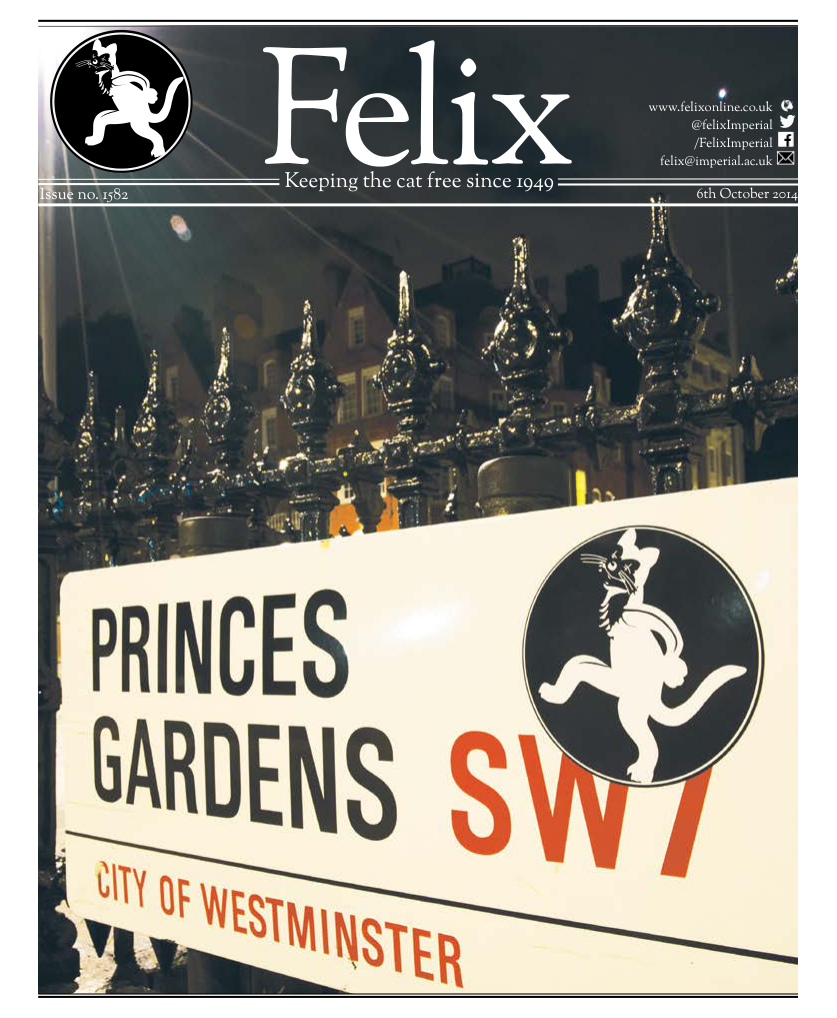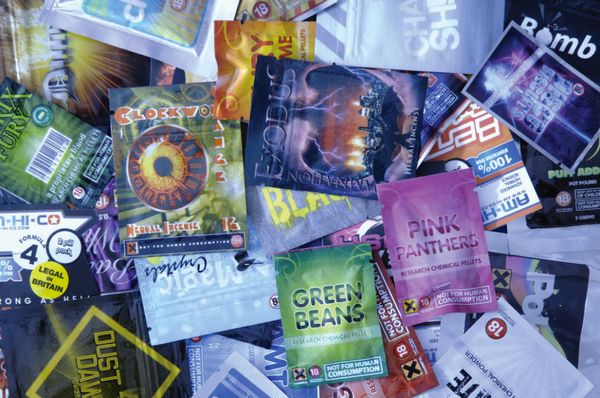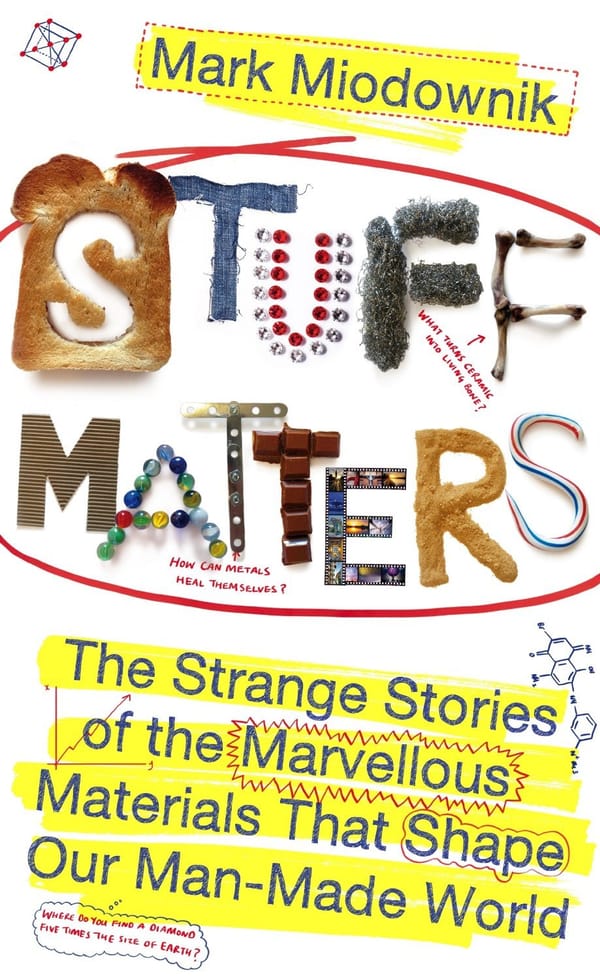What you missed this summer in science
James Bezer covers the latest research from Imperial and beyond

As you put in your personal statement, ever since you were born, you’ve had a deep and passionate curiosity about the intriguing wonders of science. Why not put this to good use by writing for Felix?
If you’re desperate to tell the world about your views on fracking, or a fascinating new discovery in algebraic topology, drop us an email and we’ll add you to our mailing list. We’re always looking for new contributors, and as you’re currently reading this, you’ve definitely shown more than enough enthusiasm to make you eligible to write for us.
Here are a few pieces of new research to entertain you in the brief lull between joining tea society [surely you mean Felix membership? –ed] and engaging in some responsible binge drinking with your new best friends.
A group at Cornell have once again confirmed our suspicions that quantum mechanics is really weird. In their paper, published in Nature, they showed how it’s possible to make an image of an object using light that had never been anywhere near it.
They created pairs of entangled photons by passing a laser beam through a crystal, and sent one towards the object (a picture of a cat, in an homage to Erwin Schrödinger) and the other towards a detector. Because the properties of two entangled particles are intricately related, they could see what had happened to one by analysing the other.
As the two sets of photons can have different wavelengths, this technique could be used to create images of delicate objects that would be damaged by conventional imaging techniques. Undetectable photons of very low energy could be passed through the object, while high energy ones hit the detector and actually generate the image.
Experiments on mice conducted at Imperial have shown that inhaling Xenon gas could limit the extent of brain damage after a serious head injury.
In the hours after a major impact, neurological damage continues to progress, with these secondary effects often causing more harm than the initial event. Unfortunately, there are currently no drugs available to prevent this.
Injured mice treated with Xenon, a noble gas which also has anaesthetic properties, demonstrated fewer long term difficulties with movement and balance than those in the control group. The research builds on previous experiments that showed Xenon had beneficial effects on injured brain cells in the lab.
The group’s findings, published in the journal Critical Care Research, may lead the way to future clinical trials in human patients.
The 24th First Annual Ig Nobel prize ceremony was held in September to showcase research that “first makes you laugh, then makes you think”. Among the winners of the prestigious award (accompanied by 10 trillion Zimbabwean dollars in prize money) was a group of Czech scientists, who discovered that dogs prefer to align their bodies with the earth’s magnetic field, but only when they urinate and defecate. This is the first time that magnetic sensitivity has been confirmed in dogs.
Other recipients include a group from the USA and India, who demonstrated that packing the nose with cured pork is an effective treatment for severe nosebleeds, and a team from Italy, who showed that looking at beautiful paintings can reduce a person’s experience of pain.
The nutrition prize went to a group of Spanish researchers for their delightfully titled paper: “Characterization of Lactic Acid Bacteria Isolated from Infant Faeces as Potential Probiotic Starter Cultures for Fermented Sausages.”
It seems that between the sensationalist science this summer that you may have been fortunate to miss, there were some of these abstract but exciting endeavours. We cover all science stories from silly to serious, and if you want to give science writing a go, do get in touch with us!









